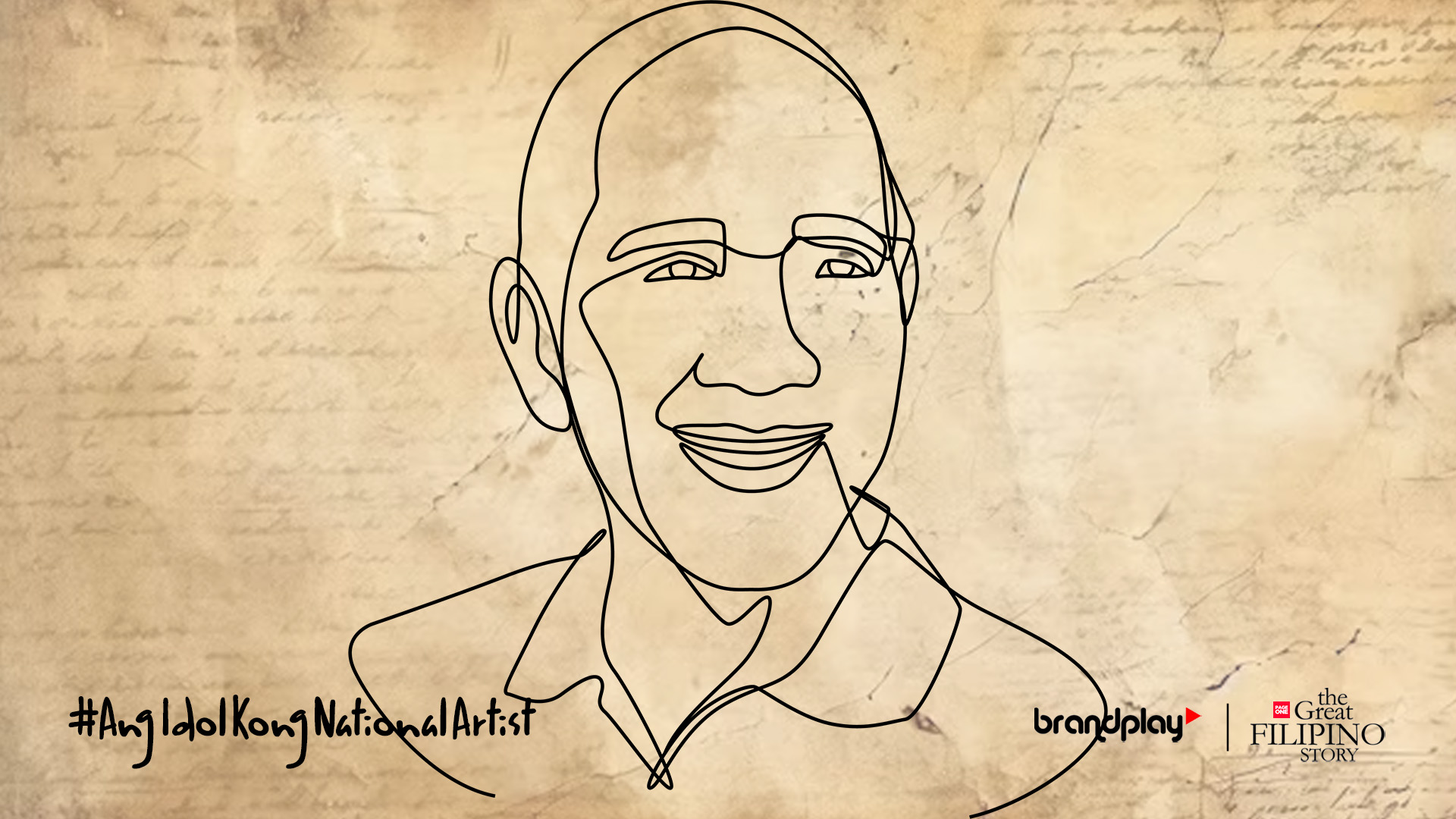In the realm of Philippine comics, few figures hold as much esteem as Francisco Coching. Often referred to as the “Father of Philippine Komiks,” Coching transformed the medium with his exceptional artistry and compelling storytelling. His innovative approach not only captivated readers but also reshaped the landscape of Filipino comics, establishing a rich tradition that celebrates cultural narratives and heroes.
Coching’s influence extends far beyond his own works; he continues to inspire a new generation of artists, encouraging them to explore their creativity while honoring their cultural roots. His legacy is a testament to the power of comics as a vital form of artistic expression in the Philippines.
Born on May 29, 1919, in Manila, Francisco Vicente Coching grew up amidst the vibrant artistic scene of his time. His early exposure to various art forms sparked his passion for drawing and storytelling. Coching’s fascination with comics began at a young age. His father introduced him to a publishing house, where he had the opportunity to meet renowned artists like Francisco Reyes, who greatly inspired him. This experience ignited his passion for the medium, prompting him to apprentice with illustrator Tony Velazquez.
At just 15, Francisco produced his first comic, “Bing Bigotilyo,” for Silahis Magazine. He later contributed “Marabini” to Bahaghari Magazine, but his comic career was interrupted by World War II, during which he chose to join the fight against Japanese forces as a guerrilla. During his youth, Coching pursued art education independently through a correspondence school, and there are no records of his formal schooling. Encouraged by his family, he began illustrating at a young age, honing his skills and developing a unique style that would later define his work.
In 1934, Coching emerged as a pivotal figure in establishing comics as a celebrated art form in the Philippines. His captivating work resonated with both readers and fellow artists alike, showcasing his extraordinary creativity as a means of expressing his nationalism. He demonstrated that art serves not only as a medium for personal expression but also as a powerful tool for advocating important causes and inspiring meaningful change within society.
Coching’s professional career soared in the 1940s as he began contributing to popular komiks publications. His early works, including “Zaturnnah” and “Dapat Kabilang”, highlighted his creative storytelling and unique illustration style. By the 1950s, he had established himself as a household name, with his comics featuring unforgettable characters and engaging plots that struck a chord with readers.
Coching’s artistic style uniquely fused influences from American comics with distinctly Filipino themes, allowing him to craft stories that deeply engaged with the complexities of Filipino identity. His narratives often delved into social issues, mythology, and cultural heritage, creating a rich tapestry that resonated with his audience.
Notable works such as “Ang Alamat ni Lam-ang” and “Hiwaga ng Kambal” are distinguished by their vibrant illustrations and compelling stories, reflecting the richness of Philippine culture and history. Through his artistry, Coching not only entertained but also educated and inspired, solidifying his legacy as a transformative figure in Philippine literature and art.
Francisco Coching received numerous awards and recognitions throughout his career, highlighting his significant contributions to Philippine comics and literature. He was honored with the Gawad CCP Para sa Sining (Cultural Center of the Philippines Award) for his pioneering work in the comic art form. In 1990, he was recognized as a National Artist for Visual Arts, solidifying his legacy as a key figure in Philippine art.
Additionally, Coching was celebrated for his ability to influence and inspire generations of artists, earning accolades from various organizations and institutions in the Philippines. His works continue to be studied and appreciated, ensuring that his contributions to the comic industry remain influential. Through these honors, Coching’s impact on Philippine culture and storytelling is firmly acknowledged, and his legacy endures in the hearts of both readers and creators.
Francisco Coching’s influence transcends his lifetime, inspiring generations of artists and writers and paving the way for a vibrant Philippine komiks scene. His works celebrate Filipino identity and patriotism, empowering readers through tales of heroic indigenous figures like Lapu-Lapu and strong, beautiful women. The National Commission for Culture and the Arts has recognized his vital contributions to raising awareness about race and identity.
Coching’s comics also delve into the essence of heroism, leaving a lasting impact on future cartoonists. By promoting Filipino language and culture, he established comics as a significant medium for fostering both verbal and visual literacy in the Philippines. His creations are celebrated not just for their artistry but also for their ability to capture the Filipino spirit and cultural narratives.
As a trailblazer in Philippine comics, Francisco Coching’s legacy continues to thrive through his timeless stories and captivating illustrations. His dedication to the craft and his ability to reflect the Filipino experience has firmly established him as a monumental figure in the annals of Philippine art and literature. Through his work, Coching remains an enduring source of inspiration and entertainment, reminding us of the profound power of storytelling to connect, uplift, and inspire.







